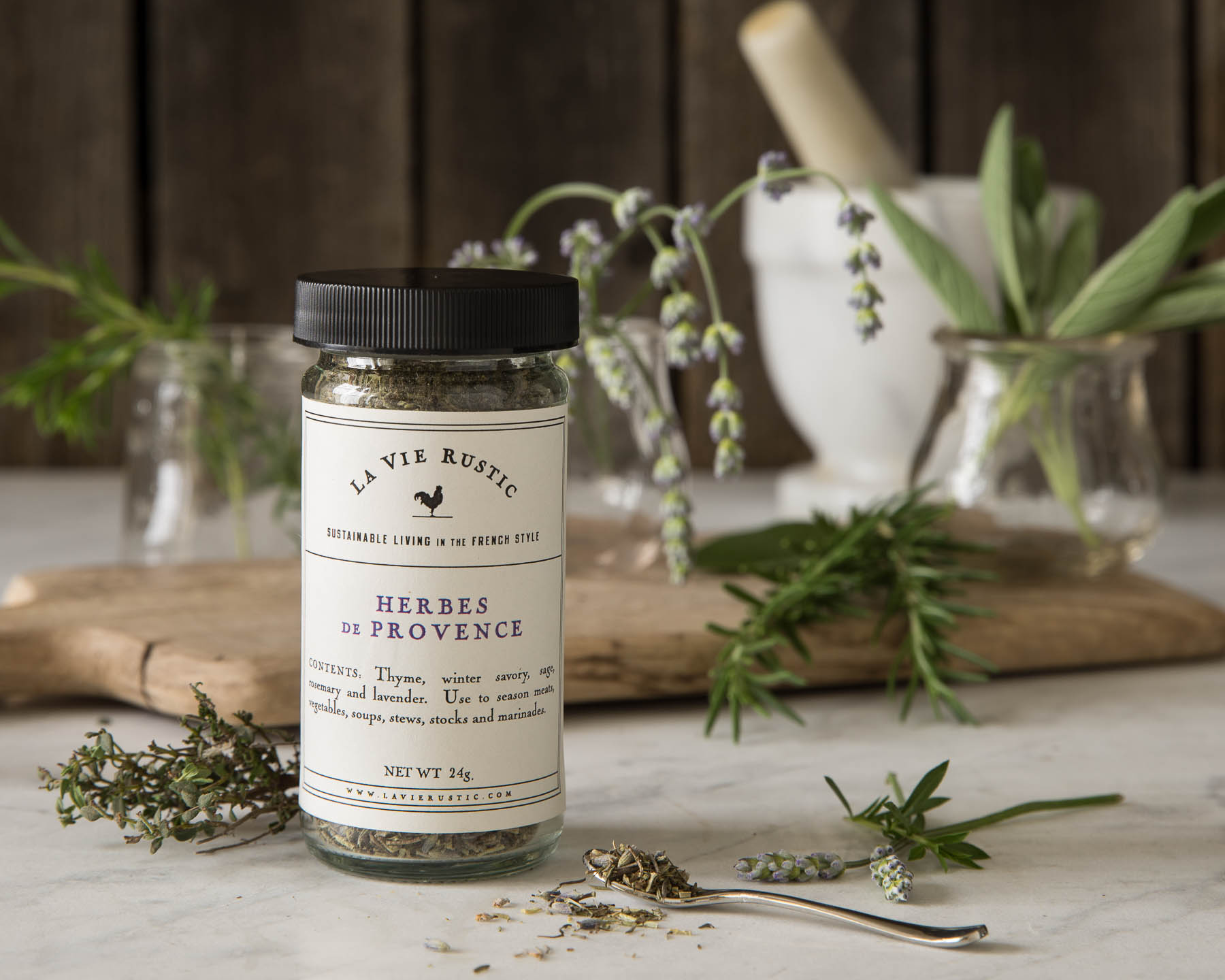 I’ve been working on a Sel d’Abricot for La Vie Rustic and it is now available. Like Sel de Figues, I’ve combined a special dried fruit, in this case Blenheim apricots, with the gray Sel de Guerande sea salt from Brittany. Delicious to layer flavors – a pork loin stuffed with dried apricots, onions, and sage, then rubbed all over with Sel d’Abricot. I have a mixologist friend working on a cocktail using it. He’s very excited and so am I.
I’ve been working on a Sel d’Abricot for La Vie Rustic and it is now available. Like Sel de Figues, I’ve combined a special dried fruit, in this case Blenheim apricots, with the gray Sel de Guerande sea salt from Brittany. Delicious to layer flavors – a pork loin stuffed with dried apricots, onions, and sage, then rubbed all over with Sel d’Abricot. I have a mixologist friend working on a cocktail using it. He’s very excited and so am I.
On to chickens, or more specifically, roosters. My friend, Nigel Walker at Eatwell Farms in Dixon brought me a present – 3 Black Orlop roosters – head and feet included. 
Yes, roosters.  Nigel explained to me that Black Orlops are a dual purpose breed. Females for eggs, males for meat. Well, I cooked one of them yesterday. I was a bit apprehensive about how to cook it, so I some research, then decided to just go ahead and cook it my way, taking into account the longer cooking time and lower temperatures recommended. I took off the head and feet and froze them to make stock later. I rubbed the bird all over with olive oil, a mixture of Herbes de Provence, sea salt, and freshly ground black pepper, popped a half dozen garlic cloves in the cavity, and trussed up the beast.
Nigel explained to me that Black Orlops are a dual purpose breed. Females for eggs, males for meat. Well, I cooked one of them yesterday. I was a bit apprehensive about how to cook it, so I some research, then decided to just go ahead and cook it my way, taking into account the longer cooking time and lower temperatures recommended. I took off the head and feet and froze them to make stock later. I rubbed the bird all over with olive oil, a mixture of Herbes de Provence, sea salt, and freshly ground black pepper, popped a half dozen garlic cloves in the cavity, and trussed up the beast.
 I put it in a big Le Creuset casserole, added some quartered onion, several fresh bay leaves, eggplant and peppers from the garden, a little more salt and olive oil and roasted it, covered, for 2 1/2 hours at 300 degrees F, then uncovered for 30 minutes.
I put it in a big Le Creuset casserole, added some quartered onion, several fresh bay leaves, eggplant and peppers from the garden, a little more salt and olive oil and roasted it, covered, for 2 1/2 hours at 300 degrees F, then uncovered for 30 minutes.
Amazing. The rooster was tender, succulent and rich with a flavor that can only be described as ‘the way chickens used to taste.’ It reminded me more of a guinea fowl that a contemporary chicken. The broth was ethereal. And, of course, those fresh bay leaves make all the difference. I took a photo, but sadly it was an ungainly angle, so please use your imagination.
I’m going to make Coq au Vin with one of the others.

